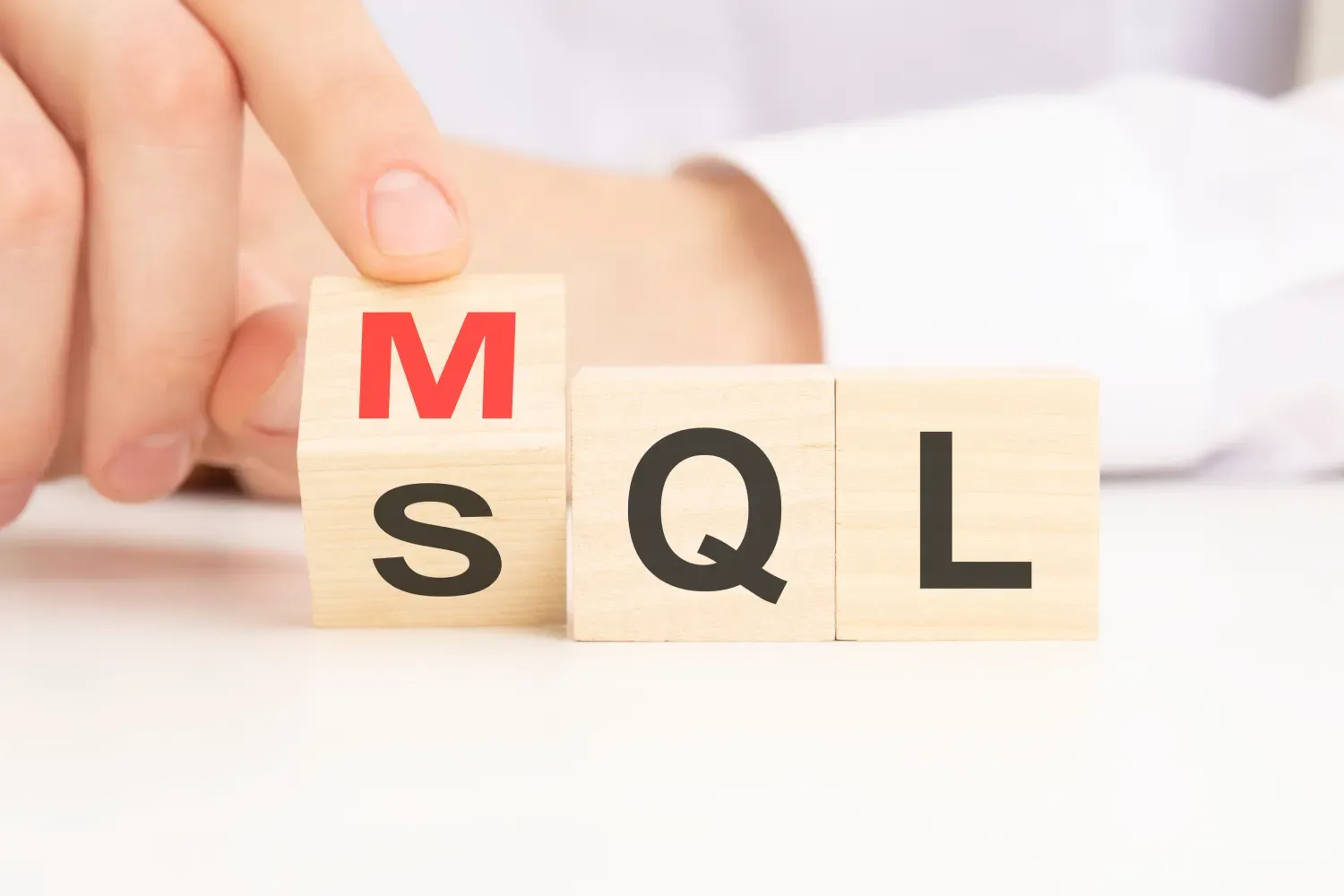Understanding the Difference Between MQL vs SQL in Lead Scoring
In the complex world of lead scoring, where businesses assess and prioritize leads to drive conversions, two lead types play pivotal roles: Marketing Qualified Leads (MQLs) and Sales Qualified Leads (SQLs). These terms represent more than stages in a funnel—they’re strategic signals that guide how teams engage with prospects. Understanding the differences between MQLs and SQLs is key to aligning marketing and sales, optimizing lead management, and boosting conversion rates. Let’s explore how they differ, how they’re scored, and why it matters.
The Role of Lead Scoring
Lead scoring assigns numerical value to prospects based on behavior, demographics, and readiness to buy. This system helps businesses sort through large volumes of leads by prioritizing those most likely to convert. Within this structure, MQLs and SQLs emerge as distinct categories:
- MQLs: Leads that show interest through engagement
- SQLs: Leads that are ready for direct sales interaction
A campaign may attract 1,000 leads, but not all are equal. Lead scoring filters them—some are flagged as MQLs, others progress to SQLs, and many remain unqualified. This prioritization is intentional, data-driven, and essential to funnel efficiency.
What Is a Marketing Qualified Lead (MQL)?
A Marketing Qualified Lead is a prospect who has demonstrated enough interest to be flagged by marketing but hasn’t yet reached sales readiness. MQLs are identified through behavioral signals and demographic fit, such as:
- Downloading an eBook or whitepaper
- Signing up for a newsletter or free trial
- Attending a webinar
- Visiting key pages (pricing, product features)
Example:
A SaaS company may score a lead as an MQL (score: 60/100) after they sign up for a trial, read a product comparison blog, and return to the site multiple times. They show intent but still need nurturing.
Marketing’s job is to move MQLs further down the funnel—educating, building trust, and increasing engagement—until they’re ready for sales.
What Is a Sales Qualified Lead (SQL)?
A Sales Qualified Lead is a prospect that meets clear sales-readiness criteria. SQLs are typically evaluated using BANT (Budget, Authority, Need, Timeline) or other qualifying methods. Their behavior and fit indicate that they are actively considering a purchase.
Examples of SQL behavior:
- Requesting a pricing quote
- Scheduling a product demo
- Confirming purchase authority or budget
- Asking for contract terms or trial extensions
Example:
That same SaaS MQL may become an SQL (score: 85/100) when they request a quote and confirm they have purchasing authority and an implementation timeline.
SQLs are handed over to the sales team for personalized outreach, presentations, or negotiations.
Comparing MQL vs SQL in Lead Scoring
1. Scoring Focus
- MQLs: Scored on implicit behaviors like email opens, form fills, and page views.
- SQLs: Scored on explicit buying intent, such as demo requests and budget discussions.
Scoring breakdown example:
Action
Score
Blog visit
+5
eBook download
+10
Webinar attendance
+20
Demo request (SQL trigger)
+30
Budget confirmation (SQL)
+20
MQLs often score between 40–60, while SQLs cross a defined threshold—typically 80+.
2. Engagement Level
- MQLs: Passive to moderate engagement—curious but non-committal.
- SQLs: High engagement—interacting with content and signaling urgency.
3. Funnel Placement
- MQLs: Reside in the consideration stage.
- SQLs: Occupy the decision stage.
MQLs receive nurturing (email drips, case studies), while SQLs are fast-tracked to sales interactions.
4. Team Ownership
- MQLs: Owned by the marketing team, whose focus is education and lead warming.
- SQLs: Owned by the sales team, whose goal is conversion.
Alignment between these teams is critical. Mislabeling leads leads to missed opportunities or wasted effort.
Where Sales Accepted Leads (SALs) Fit
Sales Accepted Leads (SALs) function as a bridge between MQLs and SQLs. A SAL is an MQL that has been reviewed and accepted by sales, even if it isn’t fully qualified yet.
Scoring example:
- MQL: 60
- SAL: 65 (after sales accepts)
- SQL: 85 (after budget and timeline are confirmed)
SALs reduce miscommunication between departments and ensure smoother transitions between marketing and sales.
Impact on Conversion Strategy
Scoring leads accurately allows businesses to tailor efforts where they matter most:
- MQLs (40–60): May convert to SQLs at 10–20%
- SQLs (80–100): Often convert to customers at 20–40%
Example:
A consultancy generates 100 MQLs → 15 become SQLs → 5 close.
In contrast, 50 SQLs from targeted campaigns may convert 15 clients directly.
Scoring not only informs engagement—it forecasts revenue.
Challenges in MQL vs SQL Scoring
- Over-scoring MQLs: Leads with low intent may reach MQL status, overwhelming sales with weak leads.
- Under-scoring SQLs: A ready-to-buy lead scoring 75 may be missed if the threshold is 85.
- Data integrity: Missing CRM data (e.g., a demo request) can keep an SQL stuck in MQL status.
Solution: Regular score audits and cross-functional alignment. Teams should review lead quality monthly and recalibrate scoring models based on actual outcomes.
Scoring as a Strategic Lever
The MQL vs SQL distinction isn’t just about categories—it’s a tool for strategic lead management:
- MQLs signal potential → invest in nurturing.
- SQLs signal action → prioritize for sales outreach.
By setting clear score thresholds, refining criteria regularly, and using SALs as a checkpoint, businesses can optimize their pipeline for both volume and velocity.
Turning Scores into Success
MQLs and SQLs represent different phases of buyer readiness, and scoring helps teams engage accordingly. MQLs are ripe for education and influence; SQLs are primed for decisions and deals. Understanding these differences—and scoring them accurately—transforms lead generation from a guessing game into a growth engine.
When used effectively, lead scoring becomes more than a framework—it becomes a strategy, turning interest into intent and intent into revenue.






